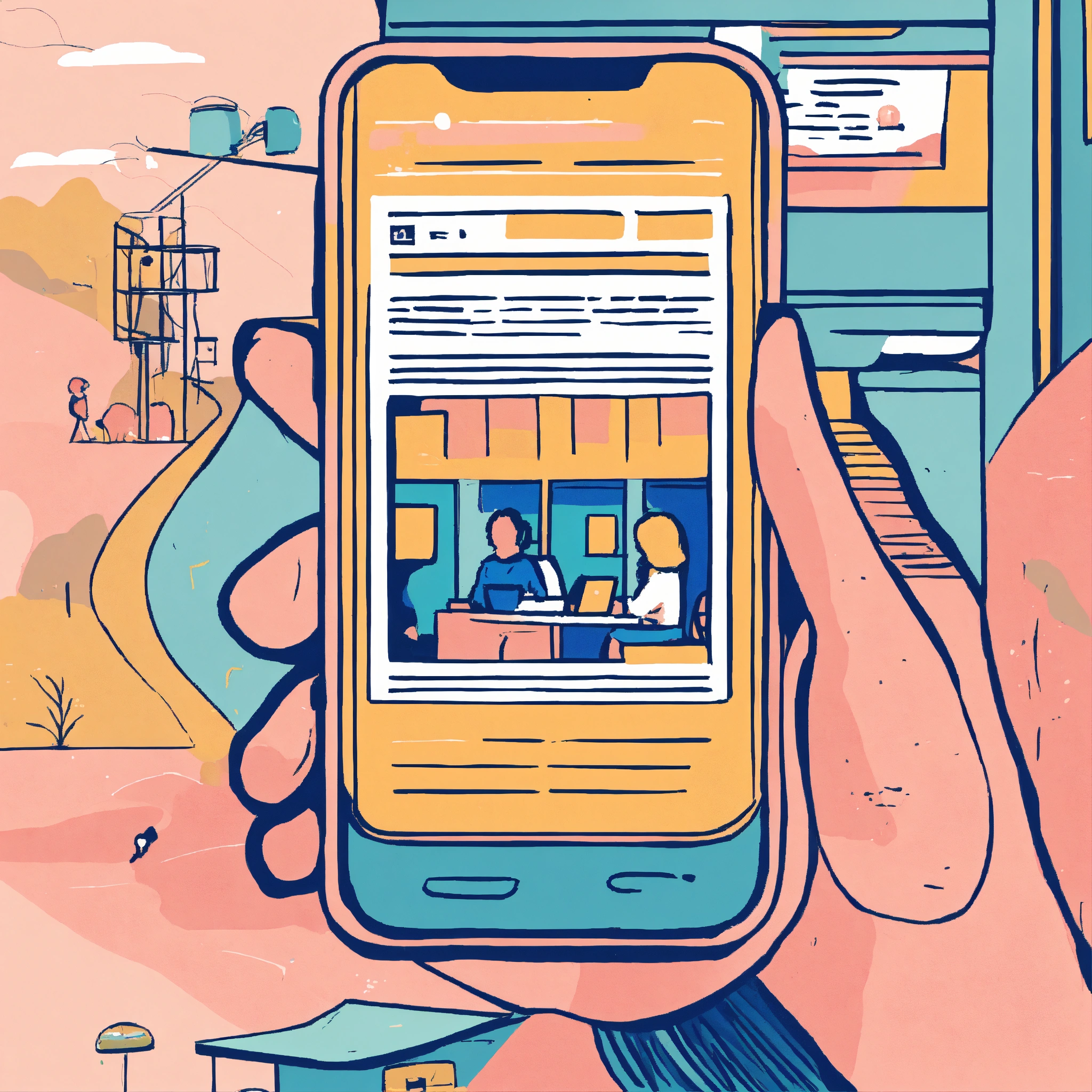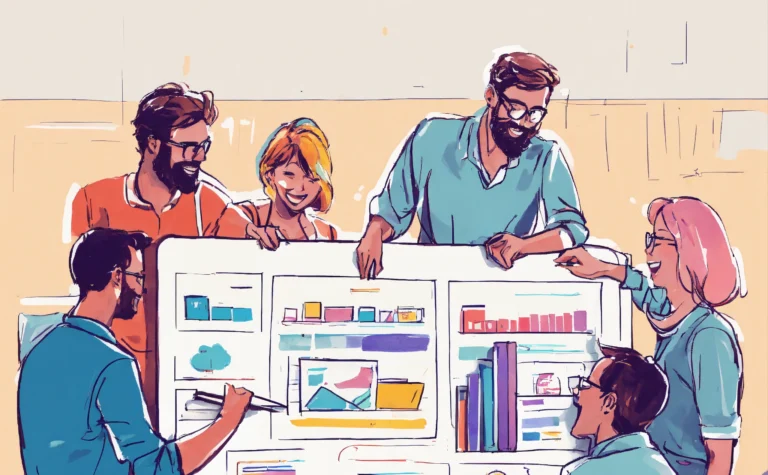How to Turn LinkedIn Connections into High-Ticket Clients
LinkedIn is more than just a networking platform—it’s a goldmine for B2B businesses looking to land high-ticket clients. But simply having connections won’t generate revenue. You need a structured approach to build trust, establish authority, and nurture relationships that lead to sales.
In this guide, we’ll walk through the exact steps to convert LinkedIn connections into high-ticket clients.
Step 1: Define Your Ideal Client Profile (ICP)
If you’ve been following my content, you’ve probably heard me talk about ICPs a lot. That’s because knowing your ICP is crucial for effective outreach. Without a clear understanding of who you’re targeting, you’re just shooting in the dark.
Ask yourself:
- Who benefits the most from my services?
- What industries are they in?
- What are their biggest pain points?
- What level of revenue are they at? (e.g., $50K-$2M MRR)
Once you have a well-defined ICP, you can tailor your approach specifically to them.
Step 2: Optimize Your Profile for Authority
Your LinkedIn profile should position you as an expert in your field. This means:
- A clear and compelling headline (e.g., “I help B2B CEOs generate high-ticket leads through LinkedIn marketing.”)
- A value-driven about section that speaks to your ICP’s pain points and solutions
- Regular content that demonstrates expertise (case studies, insights, success stories, and client results)
When your profile is optimized, potential clients who visit your page will immediately see the value you bring.
Step 3: Build Relationships Before Selling
Most people make the mistake of connecting with someone and immediately sending a sales pitch. High-ticket clients don’t respond well to that. Instead:
- Engage with their content—like, comment, and share their posts.
- Provide value through insights or helpful resources.
- Start conversations in the DMs without pitching—ask about their business, challenges, and goals.
By focusing on building relationships first, you’ll position yourself as a trusted expert rather than just another salesperson.
Step 4: Address Their Pain Points Directly
Once you’ve established a connection, it’s time to position your services as the solution. This means:
- Identifying their biggest bottlenecks (lead generation, branding, automation, etc.)
- Offering insights based on your experience
- Sharing relevant case studies or results
For example:
“I saw that your company focuses on X. We recently helped [similar company] increase conversions by 30% using [strategy]. Would you be open to a quick chat?”
This approach shows that you understand their challenges and already have a proven solution.
Step 5: Move to a Sales Call Naturally
By the time you reach out to book a call, the prospect should already see the value in working with you. A simple message like:
“Hey [First Name], we’ve been talking about [pain point] and I’d love to show you how we solve this for our clients. Would you be open to a quick 15-minute chat next week?”
Since you’ve built rapport and provided value, they’ll be much more open to a conversation.
Step 6: Deliver & Maintain the Relationship
High-ticket clients aren’t just one-time deals. To turn them into long-term partnerships:
- Overdeliver on results—exceed expectations in the first few months
- Keep engaging on LinkedIn—stay on their radar with valuable content
- Offer continued solutions—upsell complementary services
By nurturing relationships and proving your value, you can turn one-time clients into long-term revenue sources.
Final Thoughts
Converting LinkedIn connections into high-ticket clients isn’t about pitching—it’s about positioning yourself as the solution to their problems. By following these steps, you can build authority, gain trust, and close deals without being pushy.
If you found this guide helpful, share it with someone who’s struggling to land high-ticket clients on LinkedIn!
And if you’re looking for help with LinkedIn lead generation, B2B marketing, or sales automation, send me a message—we’ll make it work for you.




